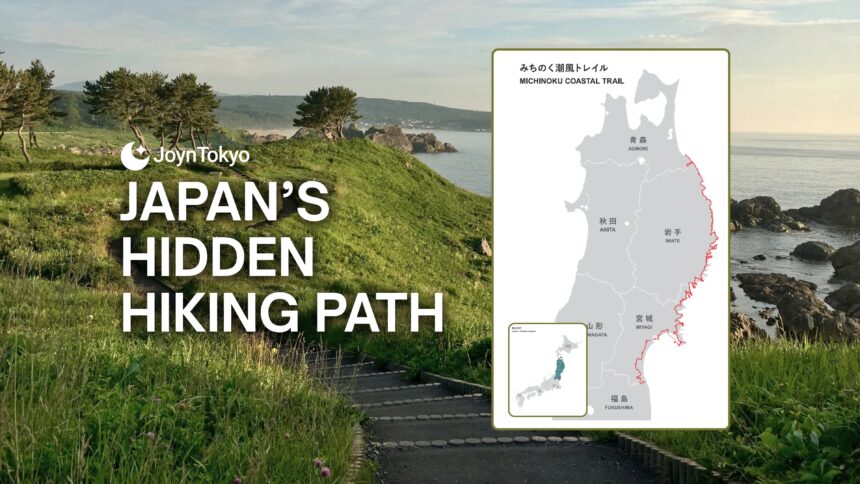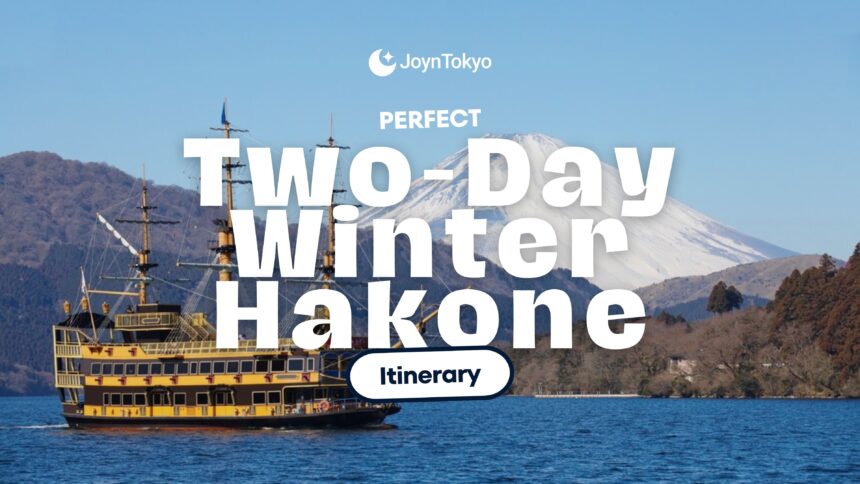The Tohoku region of Japan, in the north of the main island of Honshu, has been regarded for centuries as a location that exemplifies natural beauty, a bracing climate, and a population of hardly yet friendly people. If the name “Tohoku” rings somewhat ominously to you, it may be because you have heard of the 2011 earthquake.
However, despite the terrible images that were broadcast at the time, the region has recovered. It is not an exaggeration to say that Tohoku’s reputation is not only undiminished, but enhanced: and there is no better example than the Michinoku Coastal Trail. A hiking trail that demonstrates all the finest qualities of Japan and its people, wrapped in an exciting hiking destination that few others have discovered. It is my pleasure to take you through the trail by text, before you walk its path yourself.
Adventure on Michinoku Shore
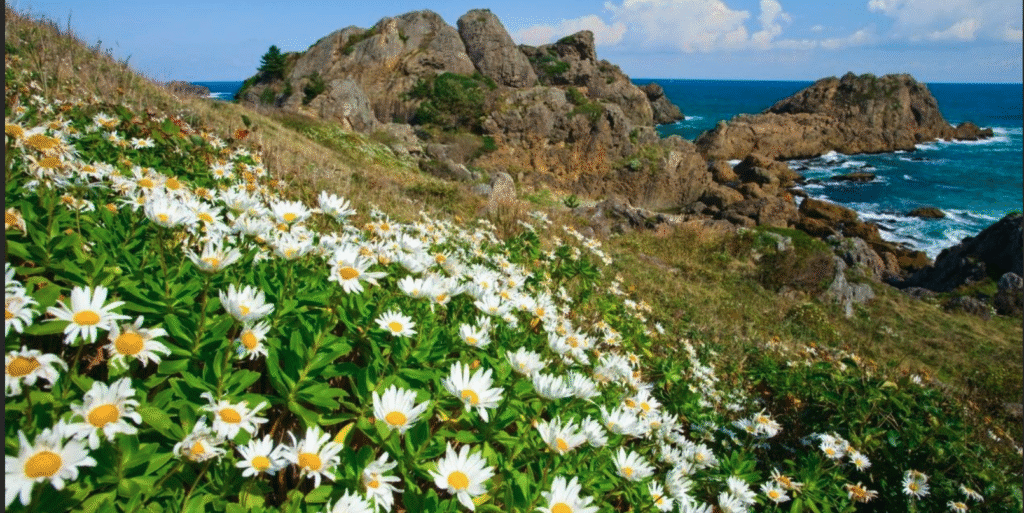
Japan is known as a prime destination for tourism. Indeed, it saw more tourists visit in 2024 than in any year previously, a record that 2025 seems poised to break. Many tourists, however, tend to focus on Tokyo and the various history, technology, and culture that resides there. Don’t get us wrong: our beloved capital is a sight to see. But for those looking for Japan’s rugged roads, while seeing the true soul of the country, Tohoku’s Michinoku Coastal Trail has little competition.
The Japan National Tourism Organization (JNTO) is a quasi-governmental organization that provides information and advice to international visitors. It has unparalleled understanding and expertise of Japan’s myriad appeals to foreign visitors, and has been making efforts to show off how Japan is, in addition to a wonderland for history, anime, and tech fanatics, a paradise for adventure travelers.
This was exemplified by its hosting of travel agencies from Europe, Australia, and North America last year for a week to demonstrate the appeal of the region, and especially the Michinoku Coastal Trail.
“The feedback was incredible,” says JNTO’s Ryoko Taniguchi. “Every one of the representatives told us how impressed they were, and how much they wanted to tell their customers about the trail.”
So, without wanting to tantalize you any further, what is the Michinoku Coastal Trail, and what makes it so special?
The Unmissable Michinoku Coastal Trail
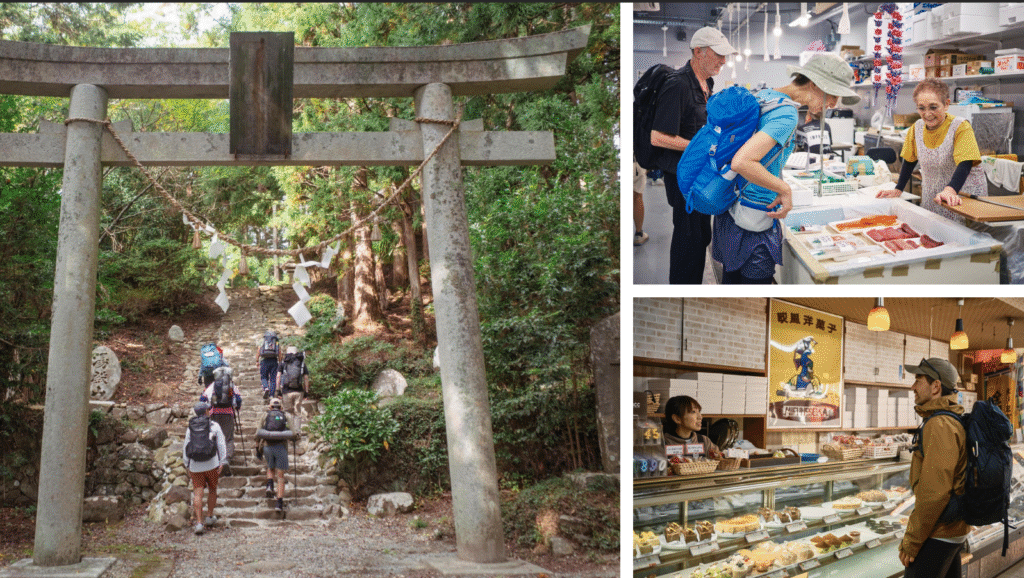
Every adventure holiday location has its own charms, but none like that of the Michinoku Coastal Trail. Curving down the eastern shoreline of Japan for 1,000km, it runs from Hachinohe City in Aomori Prefecture to Soma City in Fukushima Prefecture. Along the way, hikers will get to experience rugged coastlines, wildflowers blooming on cliff sides, and come across quintessentially Japanese torii gates, shrines, and restaurants.
Every season brings with it new joys, so you’re in for a treat no matter when you visit. The spring sees the cherry blossoms bloom as towns along the coast celebrate their cultures. In summer, the high sun and crystal-clear blue waters make for ideal photographs. In Autumn, traditional oyster diving commences, so you can see a centuries-honed fishing craft before enjoying the fruits of the sea. And winter closes the year with snow-dusted beaches ideal for a slow walk in warm clothes before a dip in a hot spring.
Even so, these incomparable sights and experiences are not why the Michinoku Coastal Trail is considered The Storyteller’s Trail. For that, we need to be like the oyster fishermen, and dive a little deeper.
Resilience and Recovery in the Coast of Tohoku
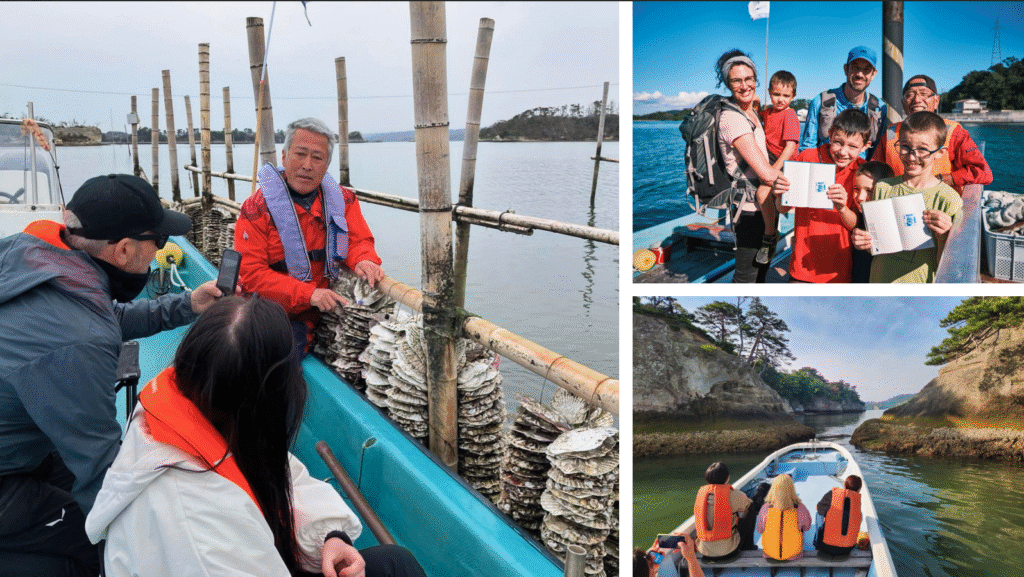
As we mentioned before, the 2011 earthquake and subsequent tsunami devastated the coast of Tohoku. For locals, it has been a long and difficult road to restore the character of their home, and put the difficulty of the catastrophe behind them. But it is a path, like the Michinoku Coastal Trail, that was worth every single step.
The natural beauty of the Michinoku Coastal Trail is truly something to behold, but it cannot hold a candle to the resilience, determination, and now pride of the people who live and work along it. Indeed, it is the experiences with local people that are most often cited by those who walk the Michinoku Coastal Trail as the most satisfying part of the experience.
The reason that the of foreign travelers who visit Tohoku (fewer than 2% of all foreign visitors) — and so those who walk the Michinoku Coastal Trail — inevitably come away with unique stories and meetings is because the residents who live in Tohoku have turned their greatest modern tragedy into a point of pride, strength, and a place for visitors to experience living history.
In addition to the physical landmarks, such as the Taro Kanko Hotel ruins, the Miracle Pine Tree (the lone tree standing after its forest was washed away) and the kaze no denwa “Wind Phone,” an art exhibition which became a way for people to speak to those who were lost, the real first-hand knowledge of the pain, and how it was overcome, lies within the people, who are welcoming to foreign visitors.
“The people here have rebuilt with dignity and strength,” says Katy Shiina, a founder of Three Goats, an adventure travel agency that specializes in planning adventure holidays in Tohoku. “Every single person we ask says the same thing: the warmth of the local people, and the human connections that are made, are highlighted by visitors even more than the incredible scenery.
“People in inns, restaurants, and more will tell you about their lives, and their experiences during the difficult times.”
In this way, the people who live along, and the people who maintain, the trail hope not just to make it one of the most impressive trails in Japan, but in the world — and visitors can help.
How Locals and Volunteers Sustain the Michinoku Coastal Trail

As mentioned above, Tohoku is in receipt of fewer than 2% of foreign visitors. This means that each visitor from abroad is welcomed in a warm way that can be more rare in more popular cities, such as Tokyo. Not only that, but every single yen spent goes directly to the local economy, and is deeply appreciated. It is not going too far to say that every penny helps.
The trail itself is tended to and maintained by the Michinoku Trail Club, which exists to protect and promote the trail — though they often find visitors are happy to do the promotion for them, pointing to several return visits with more friends than before.
But it is not just the dedication of volunteers or the financial support of hikers that make this trail special. Every year, new maps are drawn up of the trail to give walkers the best, most accurate picture of the coast and its landmarks: all drawn up by local school children.
“Every year, children in the 6th grade of nearby schools walk the coast in order to draw and update the Hirota Peninsula Route map, which are then given for free to hikers,” says Masami Itabashi, the Deputy Secretary-General of the Michinoku Trail Club. “This has been ongoing for five years, and is something that the 6th graders love, and the younger students look forward to.” Additionally, the Michinoku Trail Club sells its own Hiking Map Books, meticulously researched and entirely produced by the dedicated club members.
The Tastes of Tohoku
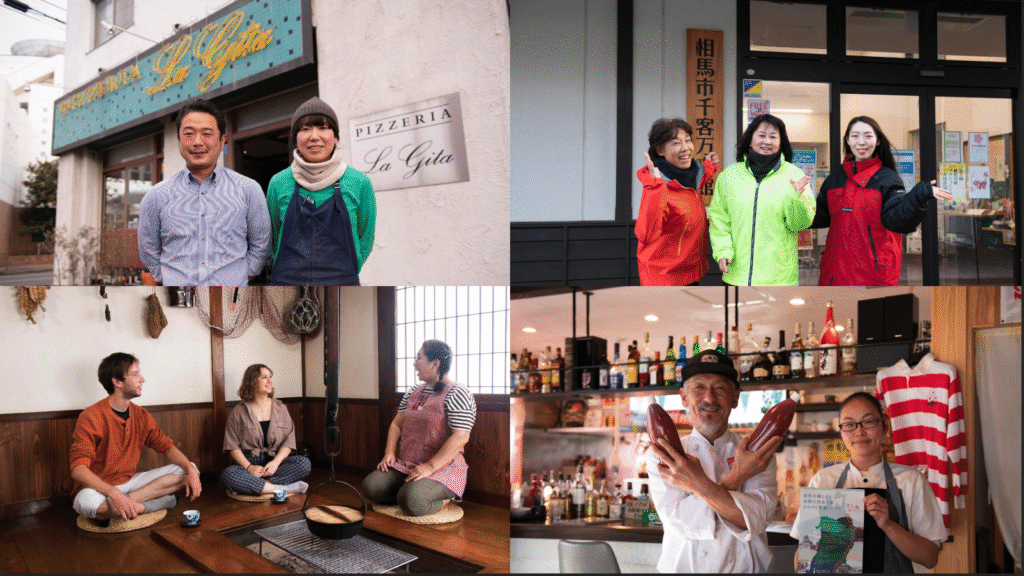
Of course, Japan being a culinary paradise, we would be remiss not to mention the tasty treats that can be found along the trail.
“Being coastal, seafood is a big draw,” Shiina says. “In the northern parts of the trail, sea urchins, called uni, are a delicacy. In the middle area, oysters are irresistible.”
Itabashi adds that Tohoku is famed for hoya, known in English as sea squirts. “Hoya have a distinctive, special taste. They are definitely worth trying, and if you want to try hoya anywhere, you have to try them here.”
Both are in agreement that, anywhere along the trail, beef is a delicacy that cannot be missed.
The rave reviews of visitors to the trail of the scenery, the food, but most of all the people, all while doing good to the region with every yen spent make the Michinoku Coastal Trail a place unlike anywhere else in Japan — or, indeed, on Earth. Tohoku’s recovery, especially along the coast, is not just something that must be seen to be believed: it must be seen, period.

